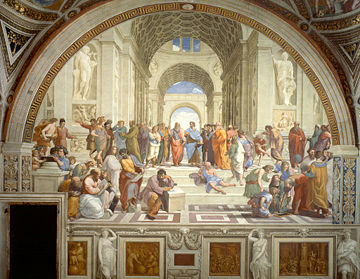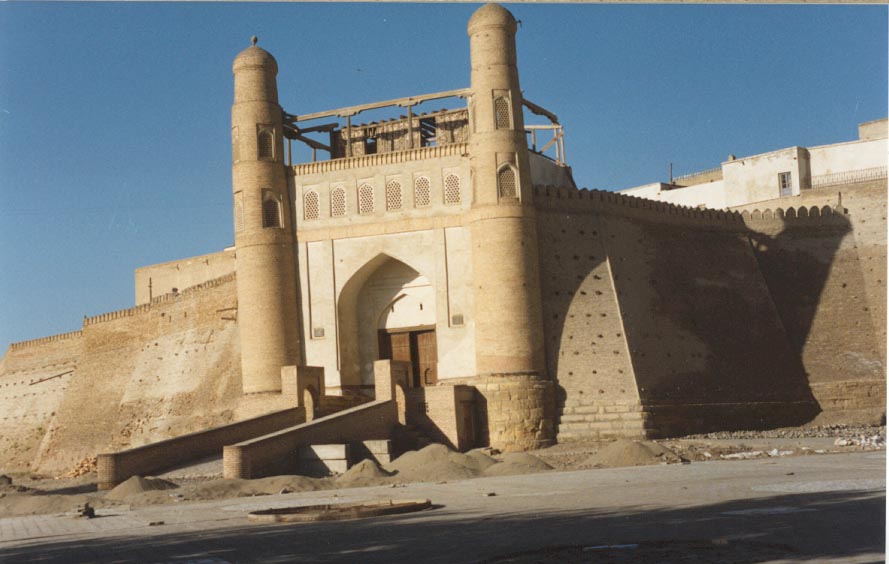Academy of Gondishapur
32.28333333333348.516666666667Koordinaten: 32 ° 17 '0 "N, 48 ° 31' 0" E The Academy of Gundischapur (Persian دانشگاه گندیشاپور, Syriac: Beth- Lapat ) was the intellectual center of the Sassanidenreichs.
The city Gundischapur itself is in the present province of Khuzestan in southwestern Iran near the Karun river.
General
The Academy of Gundischapur was founded in 271 and was home to the oldest known teaching hospital, a library and an academy. At the academy, such as medicine, philosophy, theology and science were taught. The Academy used both Persian and Greek and Indian knowledge.
Under the reign of Khosrau I. Sassanide Anuschirvan ( " with the immortal soul "; 531-579 ) was a well-known center for medicine and science Gundischapur. Khosrau I gave numerous Greek philosophers, Aramaic Christians and Nestorian Christians who fled from religious persecution in the Byzantine Empire, asylum. The king instructed the refugees, Greek and Aramaic texts in the language Pahlavi ( Middle Persian ) to translate. So works from the medicine, philosophy, astronomy, and the craft have been translated. The seven Neoplatonic philosopher who had fled to Persia 531, but saw their hopes disappointed, and returned in the Eastern Roman Empire 532 already back.
Chosroes sent the medical Burzoe to India to invite Indian and Chinese scholars after Gundischapur. These translated Indian texts on astronomy, mathematics, medicine and astrology and Chinese texts on herbal medicine and religion into (Central ) Persian. Burzoe should have the Panchatantra from Sanskrit translated into Persian, Kalila wa Dimna like.
The importance of the Academy of Gundischapur
The academy had a lasting influence on the development of the hospital system and the training of medical students. The students were not only trained by a physician, but by the entire faculty. In addition, the Academy will have played an important role in the history of mathematics.
Known physicians who worked at the Academy in Gundischapur (most physicians were Christians ):
- Burzoe (6th century ), physician and chief medical officer of Khosrau I.
- Yuhanna ibn Māsawayh (* 777, † 857 ), Persian scholar and physician
- Gabriel ibn Bukhtishu, († 828 ), Persian physician and promoter of translations
- Shapur ibn Sahl (9th century ), physician and author of the first book on antidotes entitled Aqrabadhin
- Nafi ibn al - Harith († 670 )
- Gabriel of Schiggar (early 7th century), personal physician Choraus II and his wife Shirin
The Academy of Gundischapur under Muslim rule
The Sassanidendynastie defeated the Muslim armies in 642 AD The Academy survived the change of rulers, and still existed for several centuries as a Muslim educational institution on. However, after the founding of the House of Wisdom in the Abbasid capital of Baghdad in the year 832 AD by the Caliph Al- Mamun, the Academy lost its importance. The House of Wisdom took over the methods of the academy and some scholars were recruited. Both institutions were competing, which the House of Wisdom was finally able to decide for themselves. The Academy was dissolved in the 10th century.










